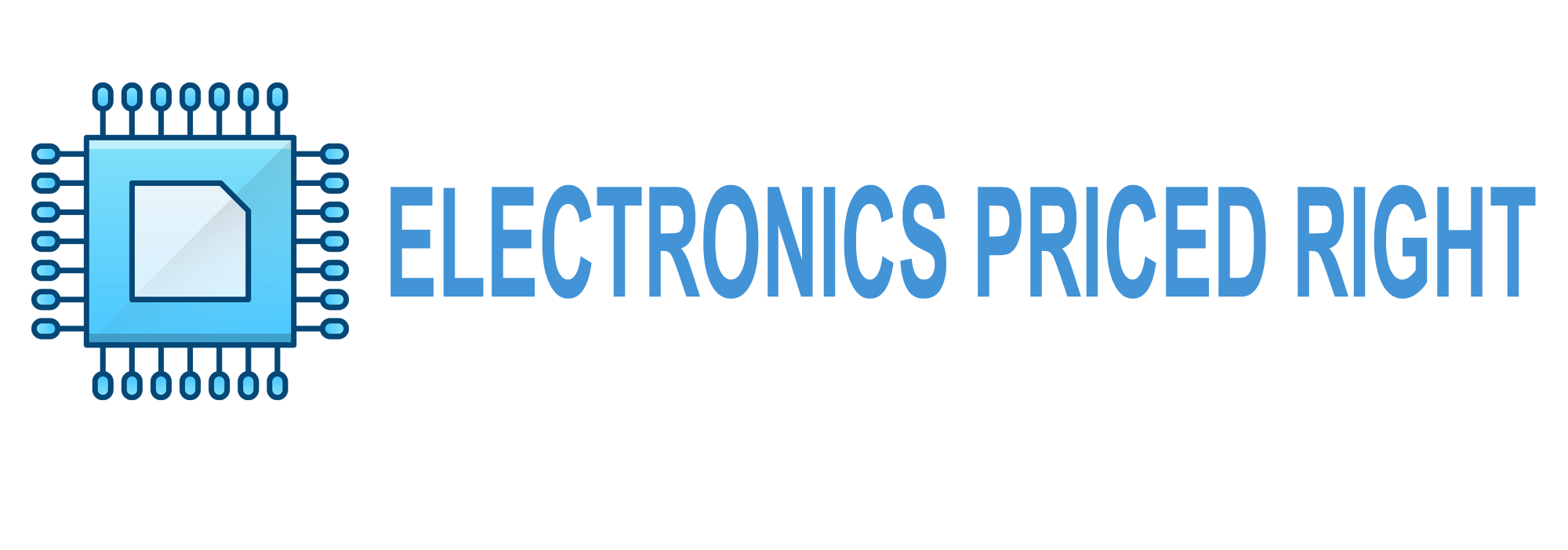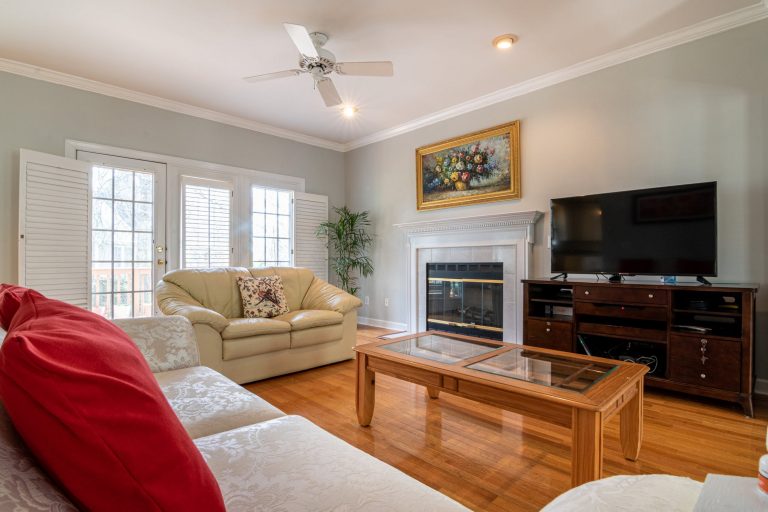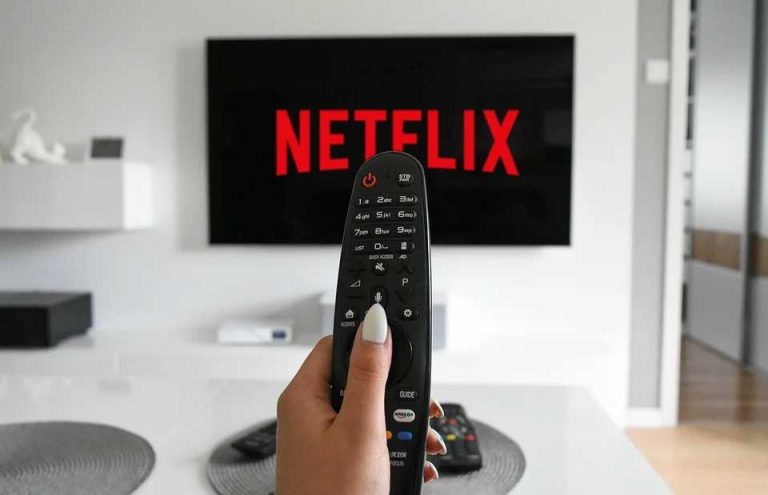Smart home automation technologies encompass several key components that work together to enhance your living space.
You’ll find voice-controlled assistants like Alexa or Google Home at the center, allowing you to control various devices with simple commands.
Automated lighting systems let you adjust illumination remotely or through sensors. Smart thermostats learn your preferences and optimize energy usage.
Connected security devices, including cameras and smart locks, bolster home safety. Intelligent appliances, such as refrigerators and ovens, streamline daily tasks and improve efficiency.
These technologies form the foundation of a modern smart home, offering convenience, energy savings, and improved security.
Exploring each component further reveals their full potential in transforming your living environment.
Highlights
- Voice-controlled smart assistants like Amazon Alexa or Google Assistant enable control of various home devices through voice commands.
- Automated lighting systems allow remote control and scheduling of lights via smartphone apps or voice commands.
- Smart thermostats learn temperature preferences and enable remote adjustments, improving energy efficiency and comfort.
- Connected security devices, including smart locks and cameras, enhance home safety with remote monitoring capabilities.
- Intelligent appliances, such as smart refrigerators and washing machines, offer advanced features and connectivity for improved household management.
Voice-Controlled Smart Assistants
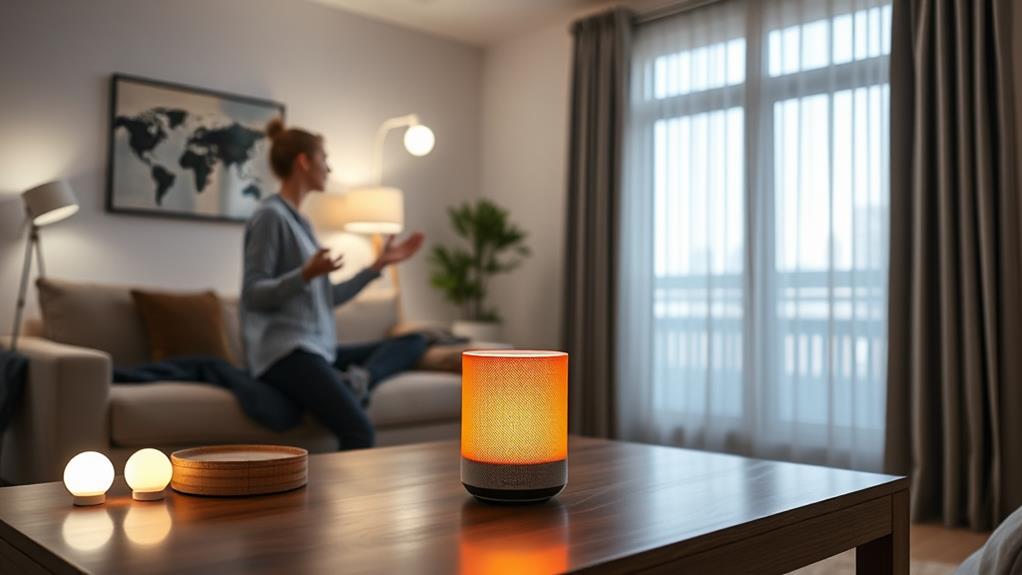
Voice-controlled smart assistants have revolutionized home automation. These AI-powered devices, such as Amazon Alexa, Google Assistant, and Apple’s Siri, allow you to control various aspects of your home using simple voice commands. You can adjust thermostats, turn lights on and off, lock doors, and even start appliances without lifting a finger.
These assistants also play an essential role in home security systems, enabling users to monitor their homes remotely and receive real-time alerts for suspicious activities.
To use a voice-controlled assistant, you’ll need a compatible smart speaker or hub. These devices act as the central command center for your smart home ecosystem. Once set up, you can interact with the assistant using natural language, asking questions or giving commands. The assistant processes your speech, interprets your intent, and executes the appropriate action.
Many voice-controlled assistants can integrate with a wide range of smart home devices from different manufacturers. This interoperability allows you to create a cohesive smart home system tailored to your needs.
You can also set up routines, which are sequences of actions triggered by a single command. For example, saying “Good morning” could turn on lights, adjust the thermostat, and start your coffee maker simultaneously.
Automated Lighting Systems
One of the most popular and accessible smart home technologies is automated lighting systems. These systems allow you to control your home’s lighting through various methods, including smartphone apps, voice commands, or motion sensors. You can easily adjust brightness, color, and timing of your lights, creating personalized ambiance and enhancing energy efficiency.
Most automated lighting systems use smart bulbs or smart switches. Smart bulbs are LED lights with built-in wireless connectivity, which you can control individually or in groups. Smart switches replace traditional wall switches and can control existing light fixtures. Both options typically connect to your home’s Wi-Fi network, enabling remote access and integration with other smart home devices.
Many automated lighting systems offer features like scheduling, geofencing, and scene creation. Scheduling allows you to set lights to turn on or off at specific times. Geofencing uses your smartphone’s location to trigger lighting changes when you arrive or leave home. Scene creation lets you save preset lighting configurations for different activities or moods.
These features can improve your home’s security, convenience, and energy usage, making automated lighting a valuable addition to any smart home setup.
Smart Thermostats
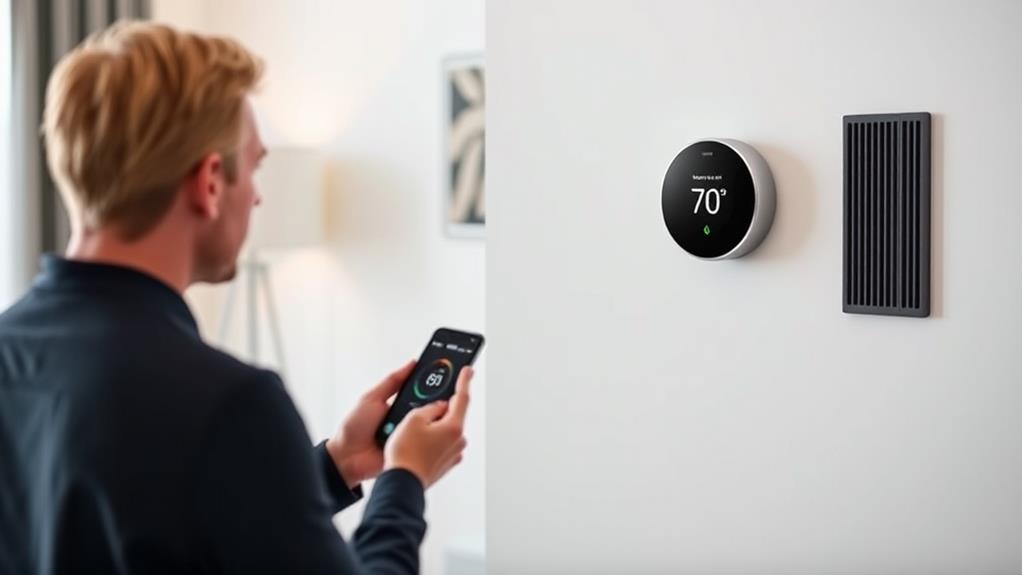
Among the most impactful smart home devices, smart thermostats stand out for their ability to revolutionize home heating and cooling. These intelligent devices learn your temperature preferences and daily routines, automatically adjusting your home’s climate for ideal comfort and energy efficiency.
You’ll find that smart thermostats can be controlled remotely via smartphone apps, allowing you to adjust settings even when you’re away from home.
Many smart thermostats feature occupancy sensors, which detect when you’re present and adjust temperatures accordingly. They also integrate with other smart home systems, such as voice assistants and home security devices, for a more cohesive automated experience.
You’ll appreciate their energy-saving capabilities, as they can create schedules based on your habits and even consider local weather forecasts to enhance heating and cooling cycles.
Some advanced models offer zoning capabilities, allowing you to control temperatures in different areas of your home independently. This feature can lead to significant energy savings by heating or cooling only occupied spaces.
Smart thermostats often provide detailed energy usage reports, helping you understand your consumption patterns and identify areas for improvement.
Connected Security Devices
Enhancing home safety and peace of mind, connected security devices have become an integral part of modern smart home systems. These devices leverage internet connectivity and smart technology to provide homeowners with real-time monitoring and control of their property’s security.
You’ll find a wide range of connected security devices available, each offering unique features to protect your home. Professional monitoring enhances the effectiveness of these systems, providing continuous surveillance and immediate alerts to authorities during break-ins.
Some common types of connected security devices include:
- Smart door locks
- Wi-Fi-enabled security cameras
- Motion sensors
- Video doorbells
- Connected smoke and carbon monoxide detectors
These devices often work in tandem, creating an all-encompassing security network for your home. You can access and control them remotely through smartphone apps, allowing you to monitor your property from anywhere.
Many systems also integrate with voice assistants like Alexa or Google Home, enabling hands-free operation. Connected security devices offer benefits such as instant alerts, live video feeds, and automated responses to potential threats.
They can also integrate with other smart home systems, such as lighting or HVAC, to create a more secure environment. While these devices provide increased protection, it’s important to verify they’re properly secured against cyber threats to maintain your privacy and safety.
Intelligent Appliances
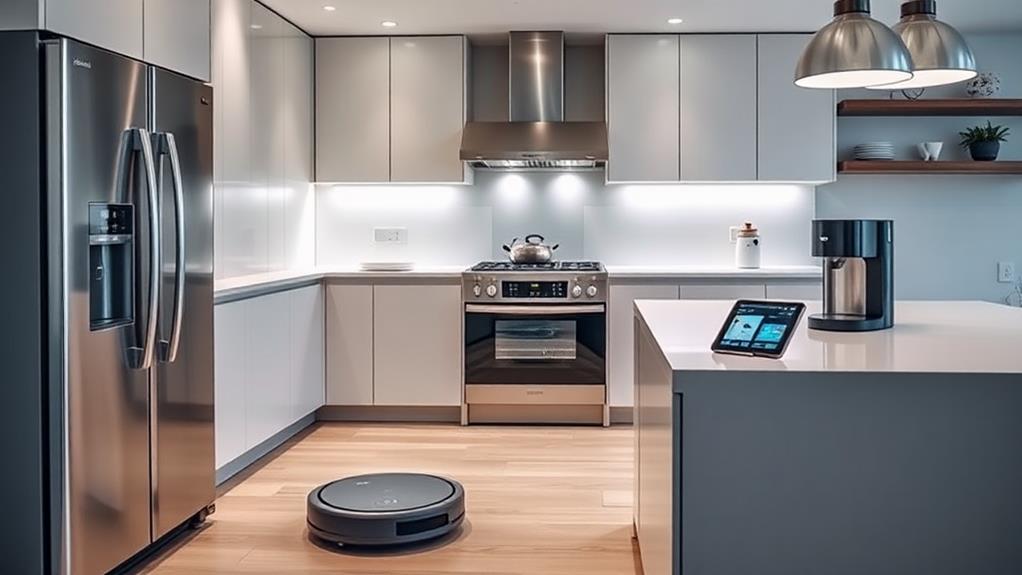
Revolutionizing everyday tasks, intelligent appliances have become the cornerstone of modern smart homes. These devices, ranging from refrigerators to washing machines, are equipped with advanced sensors, connectivity features, and AI capabilities.
You’ll find that smart refrigerators can track your food inventory, suggest recipes based on available ingredients, and even order groceries when supplies run low. Intelligent ovens allow you to preheat and monitor cooking progress remotely, ensuring perfectly cooked meals every time.
In the laundry room, smart washing machines and dryers enhance water and energy usage, notify you when cycles are complete, and can be controlled via smartphone apps. You’ll appreciate how these appliances learn your preferences over time, adjusting settings for peak performance.
Smart dishwashers offer similar benefits, with some models even able to detect the type and amount of dishes loaded, adjusting the wash cycle accordingly.
For climate control, intelligent HVAC systems integrate with other smart home devices to maintain ideal temperatures while maximizing energy efficiency.
These appliances not only simplify your daily routines but also contribute to a more sustainable household by reducing energy consumption and minimizing waste.
Frequently Asked Questions
How Does Smart Home Automation Impact Energy Consumption and Utility Bills?
You’ll be absolutely astounded by how smart home automation can revolutionize your energy consumption!
By using smart thermostats, you’re able to program and remotely control your home’s temperature, optimizing heating and cooling.
Smart lights can be scheduled or motion-activated, reducing unnecessary usage.
Energy monitoring systems help you track and manage consumption.
Automated blinds can regulate sunlight, impacting heating and cooling needs.
These technologies, when used effectively, can lead to significant reductions in your utility bills over time.
Are Smart Home Devices Compatible With Older Homes or Rental Properties?
You can install smart home devices in older homes and rental properties, but there are some considerations.
Many devices are wireless and don’t require extensive wiring, making them suitable for various settings. However, you’ll need to check your property’s electrical system and Wi-Fi coverage.
For rentals, you should obtain landlord approval before making any permanent changes. Some devices, like smart plugs and battery-operated sensors, are easily removable and ideal for temporary installations.
Always verify compatibility with your existing infrastructure before purchasing.
What Are the Potential Privacy Concerns Associated With Smart Home Technologies?
You should be aware of several privacy concerns with smart home technologies.
These devices often collect and transmit personal data, which could be vulnerable to hackers or unauthorized access. There’s also the risk of companies selling your information to third parties.
Always-on microphones and cameras might capture sensitive conversations or activities. Additionally, you’re creating a digital footprint of your daily habits and routines, which could potentially be exploited.
It’s essential to review privacy policies and adjust device settings to protect your information.
How Do Smart Home Systems Handle Power Outages or Internet Connectivity Issues?
When you face power outages or internet issues, your smart home system’s response depends on its design.
Many devices have battery backups, allowing them to function briefly without power. Some systems use local processing, continuing to operate without internet.
You’ll find that smart hubs often have offline modes, maintaining basic functions. However, cloud-dependent features may be unavailable.
It’s important to check your specific devices’ capabilities, as they vary. Some systems might require manual reset or reconfiguration once power or internet is restored.
Can Smart Home Devices From Different Manufacturers Work Together Seamlessly?
Smart home devices from different manufacturers can work together, but it’s not always seamless.
You’ll often need a central hub or platform, like Apple HomeKit, Google Home, or Amazon Alexa, to connect various brands. Some devices use open protocols like Zigbee or Z-Wave, which improve compatibility.
However, you may encounter limitations or reduced functionality when mixing brands. It’s best to research compatibility before purchasing devices and consider sticking to one ecosystem for the smoothest integration.
